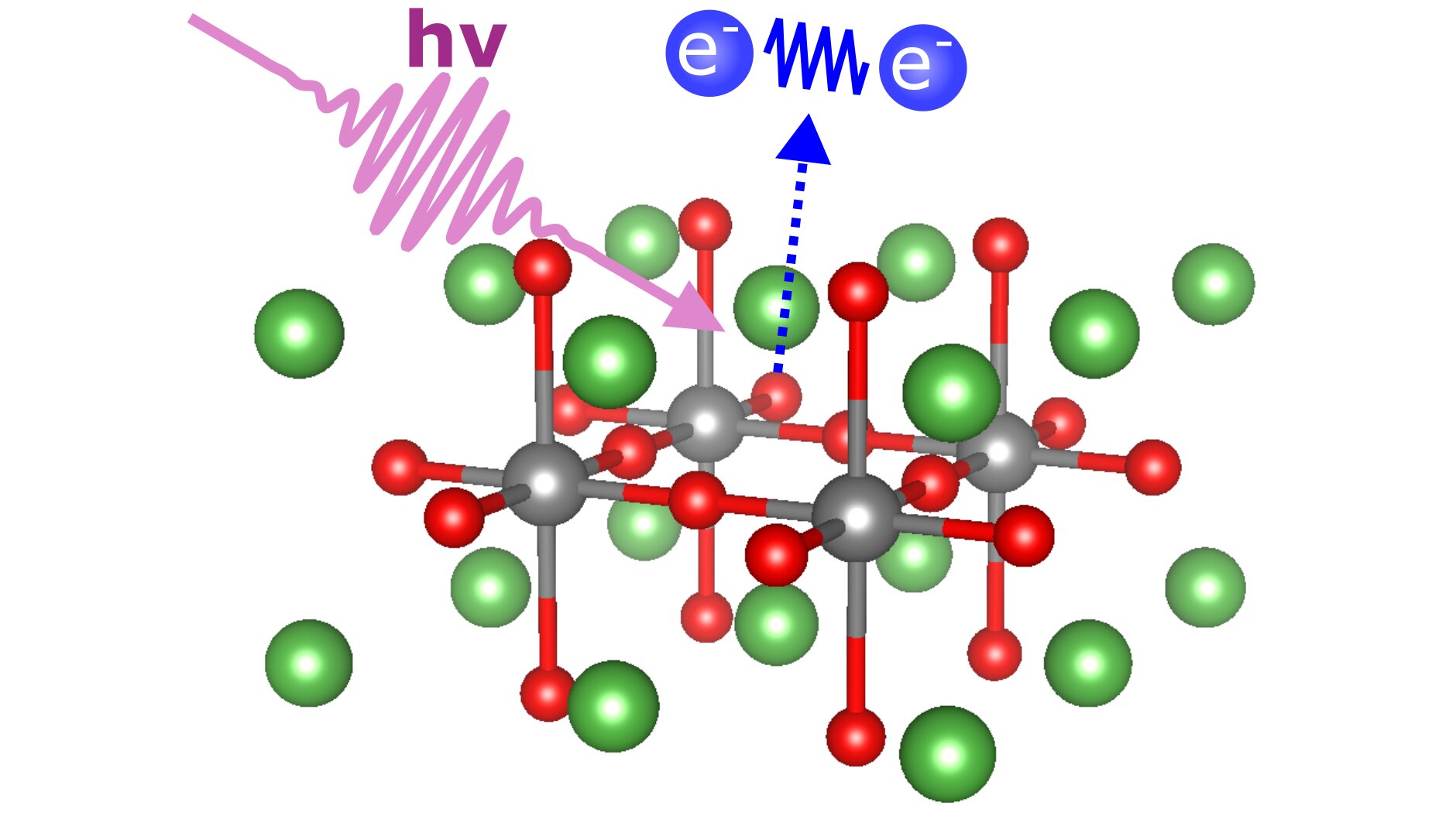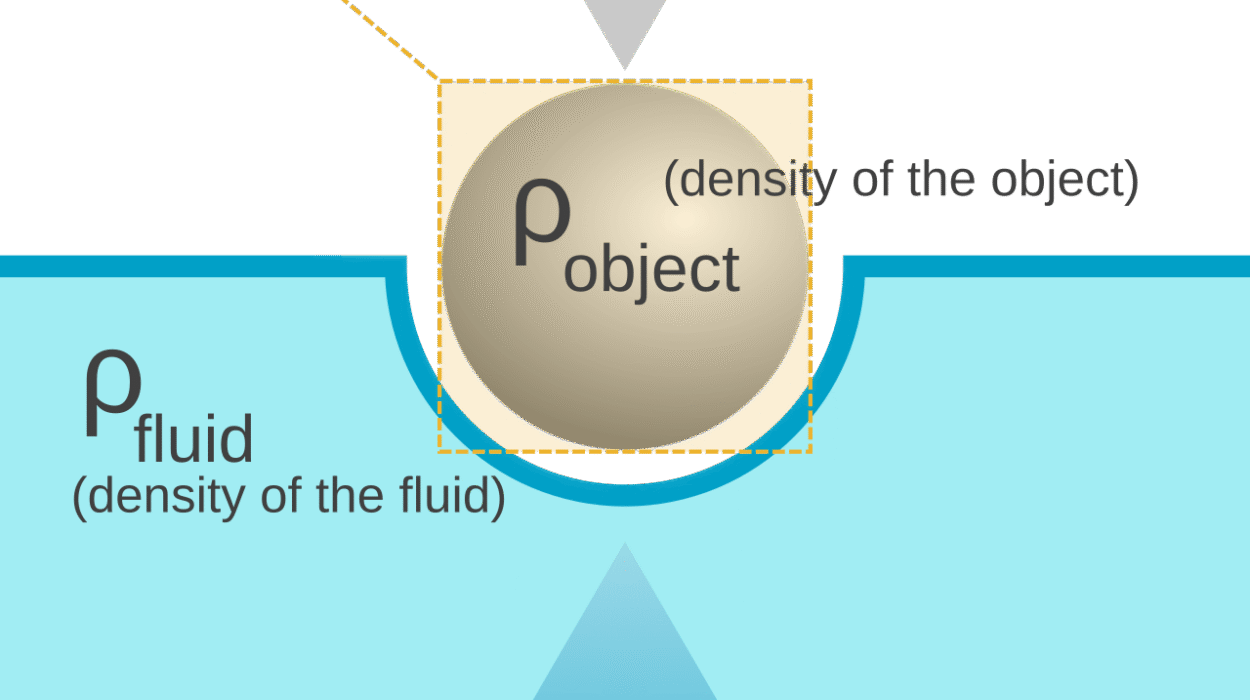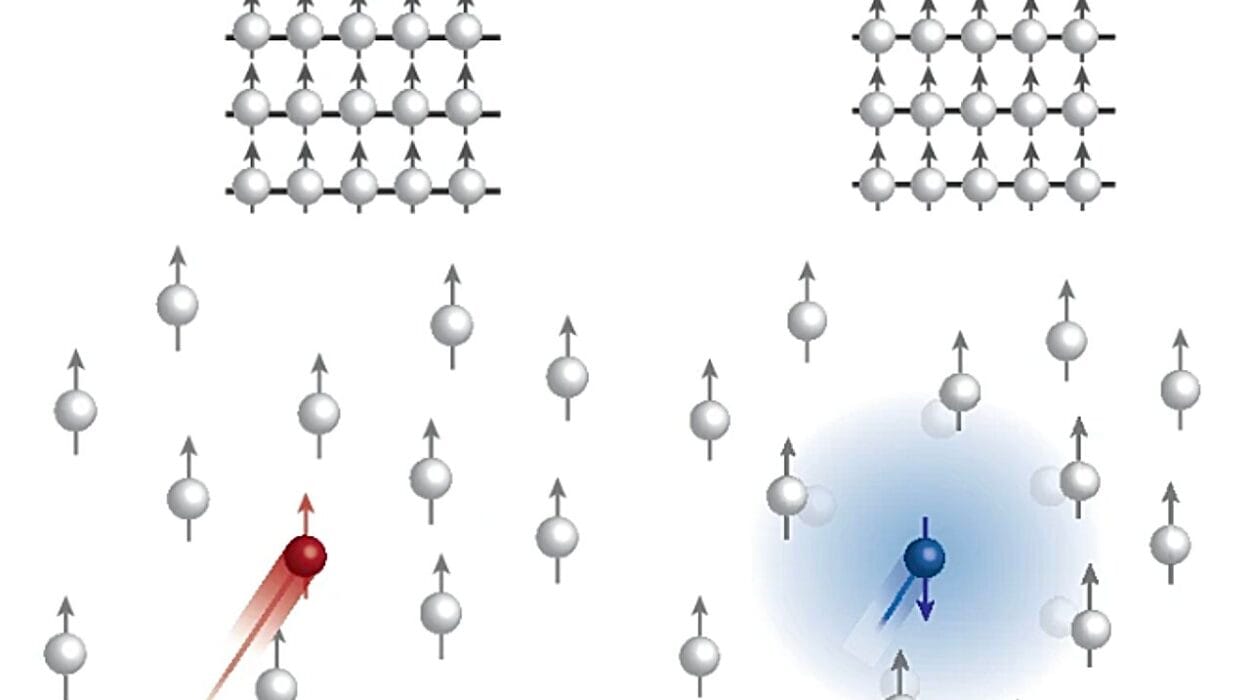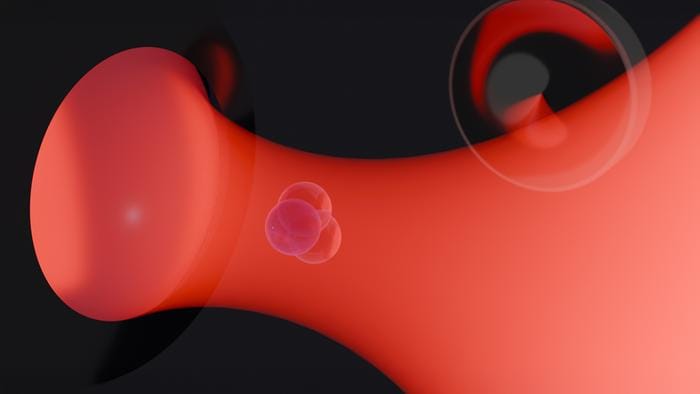More than forty years ago, the discovery of high-temperature superconductors sent shockwaves through the world of science. These strange materials could carry electrical current with zero resistance—no energy lost as heat, no friction, no limits—at temperatures far higher than anything previously thought possible. It was a revolution that promised levitating trains, ultra-efficient power grids, and technologies beyond imagination.
And yet, decades later, the fundamental mystery remains unsolved. How exactly do these materials achieve their extraordinary powers? What invisible dance takes place among their atoms and electrons that allows them to glide effortlessly through the crystal lattice?
Now, a new study has brought us a step closer to the answer. An international team of scientists working at the BESSY II synchrotron in Berlin has captured an unprecedented glimpse into the inner workings of one of the most studied yet enigmatic superconducting materials—lanthanum copper oxide (La₂CuO₄).
Their results, published in Nature Communications, shed new light on the forces that hold the key to high-temperature superconductivity—and may even help guide future discoveries across a wide range of advanced materials.
The Birth of a Scientific Revolution
The story of high-temperature superconductors began in the mid-1980s, when physicists discovered a class of copper-oxide compounds (cuprates) that could conduct electricity without resistance at temperatures around 40 Kelvin—roughly minus 233 degrees Celsius. While that’s still extremely cold, it was a monumental leap forward compared to conventional superconductors, which needed to be cooled almost to absolute zero.
In these copper-oxide materials, superconductivity arises when electrons pair up in special ways that allow them to move through the atomic lattice as if friction didn’t exist. These pairs, known as Cooper pairs, are the heart of the phenomenon. But exactly what binds them together has remained one of the greatest puzzles in condensed matter physics.
Unlike traditional superconductors—where vibrations of the crystal lattice (phonons) are known to mediate electron pairing—the mechanism behind high-temperature superconductivity in cuprates is still a matter of debate.
Probing the Building Blocks: La₂CuO₄
To understand this mystery, scientists often turn to one of the most fundamental of all cuprates: La₂CuO₄, or lanthanum copper oxide. In its pure, undoped form, this compound isn’t a superconductor at all—it’s an insulator. But when “doped” with certain foreign atoms, it suddenly transforms into a material that can carry current without loss below about 40 Kelvin.
La₂CuO₄ has a layered crystal structure, made up of alternating sheets of copper oxide (CuO) and lanthanum oxide (LaO). The copper oxide layers are where the magic happens—where electrons begin to pair and flow freely once the material becomes superconducting.
Physicists have long suspected that oxygen atoms in these CuO layers play a critical role, particularly the so-called “oxygen holes”—missing electrons that behave like positively charged particles. But until now, no one had been able to directly measure how the interactions between these charge carriers differed between the superconducting and insulating layers.
A Breakthrough Experiment at BESSY II
That challenge has now been met by a team led by Professor Alexander Föhlisch at the Helmholtz-Zentrum Berlin’s BESSY II synchrotron, a state-of-the-art facility that produces ultra-bright X-ray light for probing matter at the atomic scale.
Working with collaborators from the University of Rome and the Uppsala-Berlin Joint Laboratory, the researchers used a powerful and highly precise technique known as Auger photoelectron coincidence spectroscopy (APECS).
This method allowed them to track pairs of electrons—specifically, those ejected when X-ray pulses struck the material. The setup relied on time-of-flight spectrometers, which can detect the energies of emitted electrons with exquisite sensitivity.
What made the experiment truly remarkable was the use of special pulsed X-rays—known as PPRE pulses—that hit the La₂CuO₄ sample every few hundred nanoseconds. This gave the team enough time between pulses to observe the results of electron interactions that occur in mere femtoseconds (one quadrillionth of a second).
As first author Dr. Danilo Kühn explains, “We wanted to find out how strong the interactions are between charge carriers in the two different oxide layers and how they differ.”
By carefully tuning the experiment, the researchers were able to isolate the signal from the copper oxide layers—the active, potentially superconducting part of the material—and compare it with that from the lanthanum oxide layers, which remain insulating.
The Key Discovery: A Subtle but Crucial Difference
The results were striking. The researchers found that the interaction energies between charge carriers in the copper oxide layers were significantly lower than those in the lanthanum oxide layers.
This means that within the CuO planes—where superconductivity occurs—the electrons experience weaker repulsive forces and can therefore pair up more easily. In contrast, in the LaO layers, the stronger interactions prevent such pairing, keeping those regions insulating.
“The measurement allowed us to analyze these interactions precisely because we selectively observed the relevant copper oxide layer,” says Kühn.
In simple terms, the superconducting layers provide a smoother path for electrons to move together, while the insulating layers act as barriers. This delicate balance between conducting and insulating regions is one of the defining features of cuprate superconductors.
Why This Matters
Understanding these subtle differences is essential for unraveling the mystery of how high-temperature superconductivity actually works. It suggests that the interactions between charge carriers in the CuO layers play a far more nuanced role than previously thought.
“These results help us to better understand the mechanisms of high-temperature superconductivity,” says Föhlisch. “And this measurement technique can also provide insights into other functional materials.”
Indeed, the implications extend well beyond superconductivity. The same approach could be used to study other complex materials—such as those used in quantum computing, spintronics, and next-generation electronics—where the behavior of electrons determines performance at the atomic level.
The Promise of a Superconducting Future
Although superconductors have already found practical uses—in magnetic resonance imaging (MRI), maglev trains, and powerful research magnets—their potential remains largely untapped. The main obstacle is temperature: even so-called “high-temperature” superconductors must be cooled with liquid nitrogen or helium, which makes them expensive and difficult to use on a large scale.
If scientists can one day fully understand and control high-temperature superconductivity, the payoff could be transformative. Power grids could transmit electricity without loss. Superfast computers could operate with minimal heat. Transportation could become faster, cleaner, and more efficient.
Every new insight, such as this study’s measurement of charge carrier interactions, brings us one step closer to that future.
A Step Closer to Understanding Nature’s Hidden Symphony
At its core, superconductivity is a kind of quantum choreography—a delicate, perfectly synchronized dance of electrons. In most materials, electrons jostle and collide, losing energy as they move. But in a superconductor, something extraordinary happens: they pair up, glide in harmony, and move without resistance, as if guided by an unseen hand.
The work at BESSY II has given scientists a clearer view of the conditions that allow this harmony to emerge. By measuring the tiny differences in energy between layers of copper oxide and lanthanum oxide, researchers have illuminated one of the invisible forces that could make this dance possible.
There is still much we don’t know, and high-temperature superconductivity continues to challenge even the most advanced theories of modern physics. But with each discovery, the fog lifts a little more, revealing a deeper elegance in the way the universe works.
More information: Danilo Kühn et al, Direct observation of the on-site oxygen 2p two-hole Coulomb energy in La2CuO4, Nature Communications (2025). DOI: 10.1038/s41467-025-65314-w






